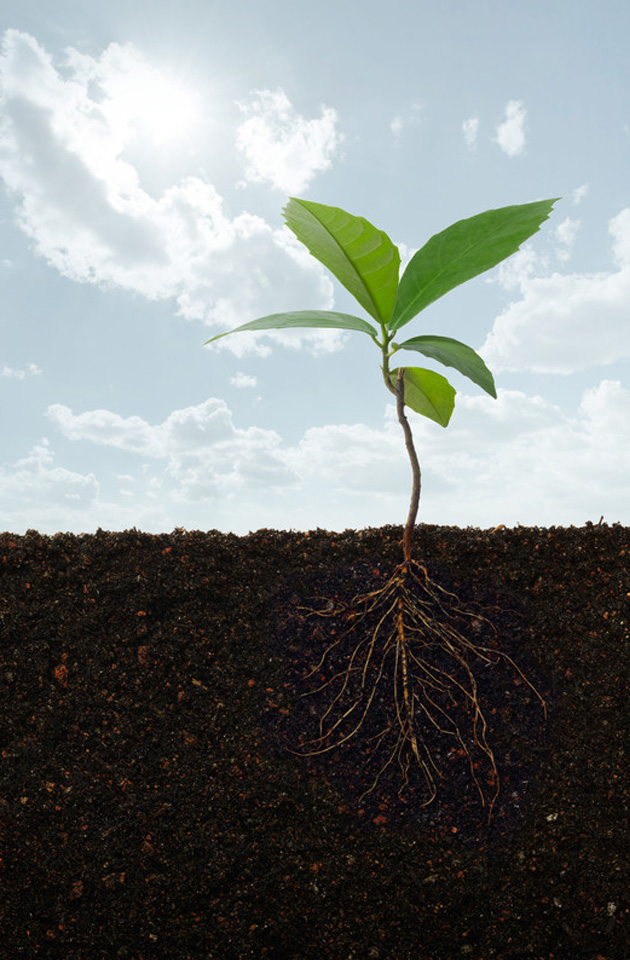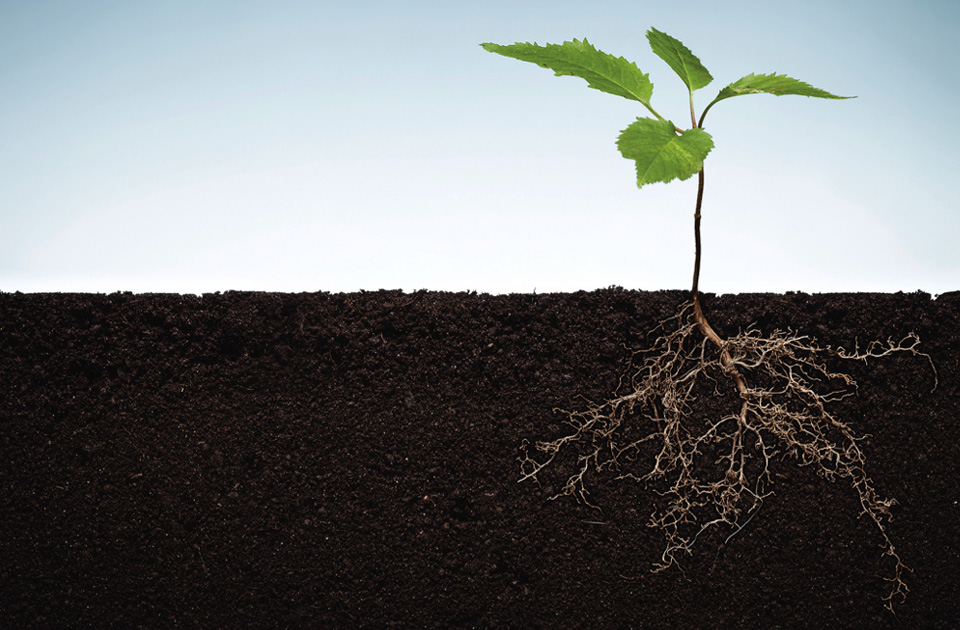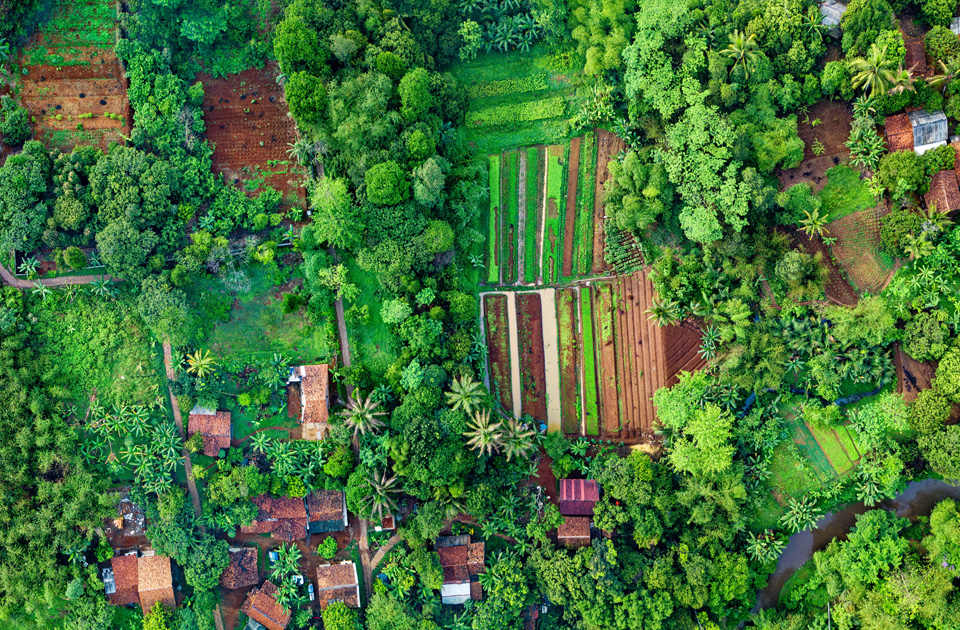The Challenge
Global agricultural production in the future will be challenged by unremitting land-degradation and structural decline in soil fertility, exacerbated by climate change and extreme weather events, and compounded by the high cost and unreliable supply of phosphorus and other nutrient fertilisers. The result will mean there will be approximately 20% less arable land to produce up to 70% more food and fibre required to meet the estimate global demand in 2050; and active efforts will be needed to restore soil fertility.
In order to remain profitable, and sustainably provide food security and improved livelihoods, agricultural producers will need to adapt to these challenges, and combine traditional farming with a better use of natural resources.



